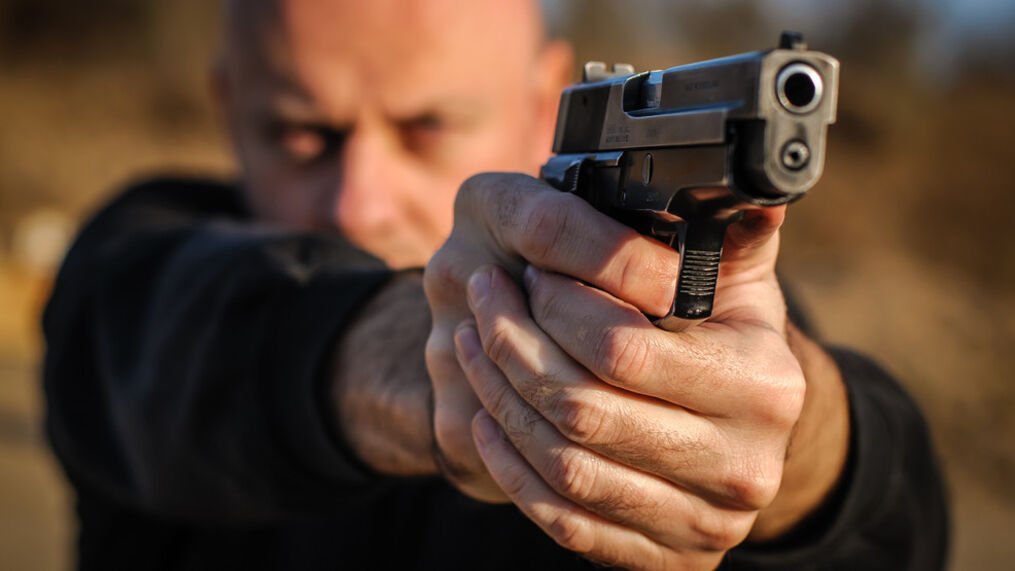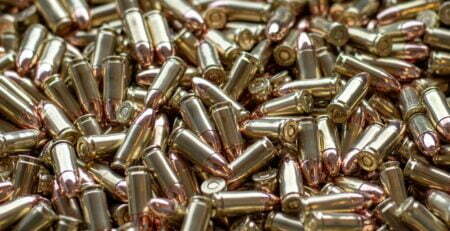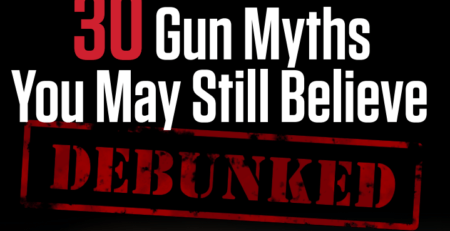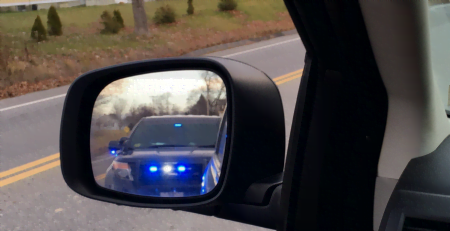Deadly Force Checklist
Your 7 Rules for the Justified Use of Force
Deadly force may be used only when there is an immediate and unavoidable danger of death or great/grave bodily harm to an innocent person, where no other option exists other than the use of deadly force.
- You must be reasonably in immediate fear of death or great/grave bodily harm to yourself or another person.
- You must be an innocent party.
- There must be no lesser force that is sufficient or available to stop the threat.
- You must have no reasonable means of retreat or escape.
- The attacker must have indicated his or her intent to cause great bodily harm or death to you or someone else.
- The aggressor must have a conventional or unconventional weapon capable of inflicting great bodily harm or death.
- The subject must have a delivery system – a means of using the weapon to inflict harm.





